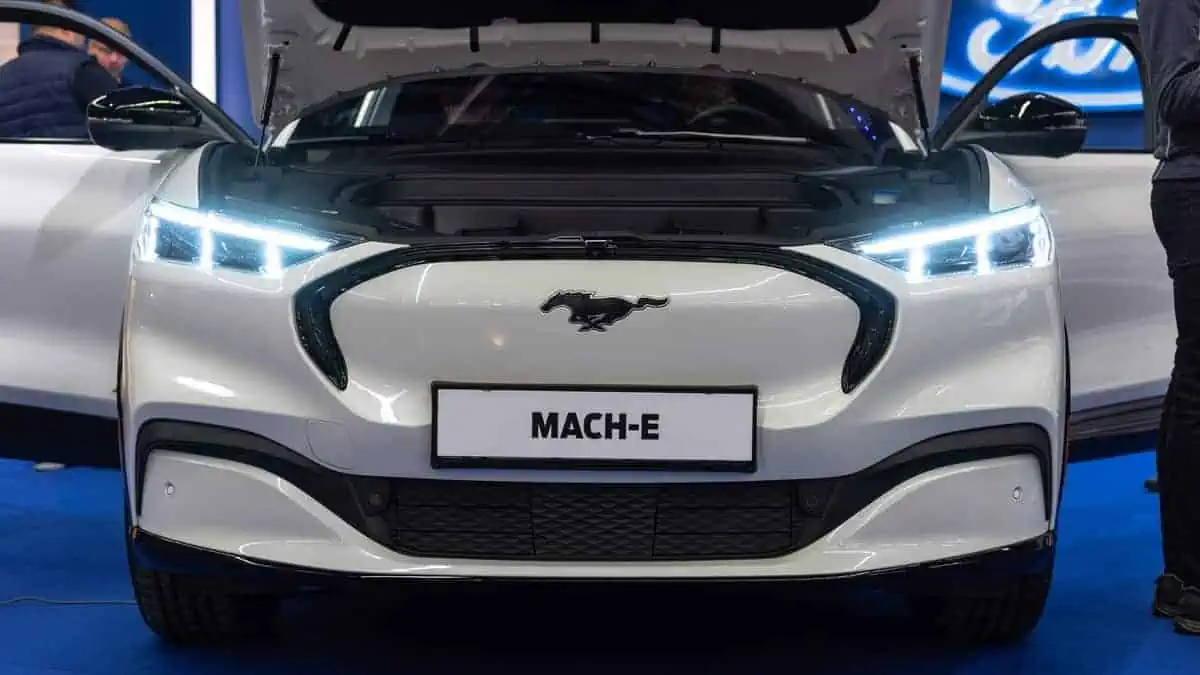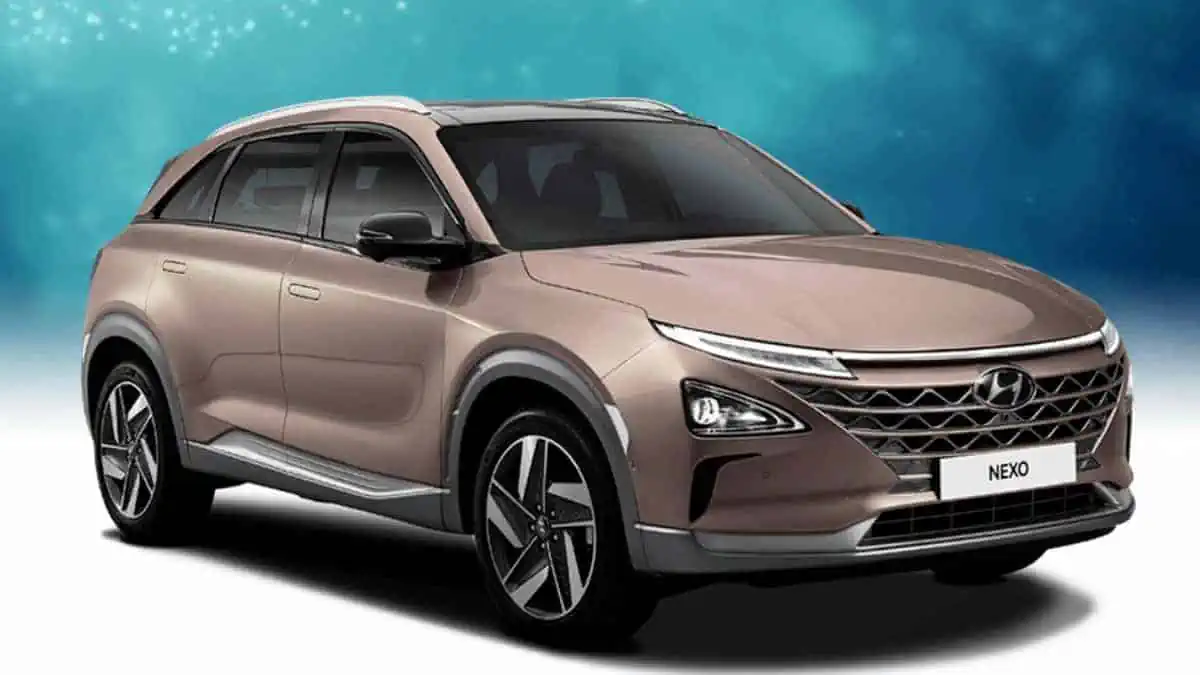The US electric vehicle market is on track to claim 9% of all passenger vehicles to a record of more than 1 million units for the first time in 2023, Atlas Public Policy forecasts.
US remains behind China, Germany, Norway
This sales forecast is indeed remarkable, considering that EVs‘ share of new car sales was only 7.3% in 2022. Moreover, it will also mark the first time for the US market to cross the 1 million sales mark in a single calendar year.
According to the research firm, the US will likely sell between 1.3 million and 1.4 million EVs this year. Despite this growth, it noted that the country remains behind global leaders like China, Germany, and Norway.
BloombergNEF EV outlook revealed in June that China’s EV sales have already claimed 33% of the new car sales in the first half of the year. It trails behind Germany’s EV share of 35%. Meanwhile, EV eutopia Norway is already at 90% of EVs in the overall volume.
Driving factors
The significant advancement of these countries in the electric vehicle industry is unsurprising, given their major government initiatives to support the shift.
They have set government zero-emissions goals and launched EV tax incentives and subsidies to stimulate demand.
In the US, Tesla’s price cuts significantly boosted the market. Apart from attracting new customers, it also prompted other companies to lower their prices to remain competitive. Some automakers now have higher incentives on their offerings, while dealers offer bigger discounts to empty inventories.
More importantly, Biden’s Inflation Reduction Act has helped the US EV market to flourish with its tax credit incentives for qualified new and used models of up to $7,500. The stringent standards also encourage the establishment of local production of EVs and batteries, strengthening the US value chain.
It is also worth noting that the falling battery prices due to critical minerals’ markdown have significantly made EVs more affordable, The Washington Post asserted.
Challenges
The US has a strong potential to catch up with countries like China, Germany, and Norway, considering it is home to most of the leading electric automakers.
However, it must continuously try to address the top barriers impeding the widespread uptake of the technology. It includes the lack of reliable and accessible public charging infrastructure, which causes range anxiety among drivers.
Customers are also discouraged by high upfront costs in buying EV models, as noted by BloombergNEF. New EVs apparently cost about $3,826 higher than the average new car, with prices of $51,762 versus $47,936, Kelley Blue Book indicates.
Nonetheless, it would not be long until the US gets closer to solving these top barriers in EV adoption. The majority of established automakers have already committed to adopting Tesla’s NACS to adhere to customers’ charging concerns and establish a new charging standard. The US has also consistently employed strategic policies and programs to support the shift to e-mobility, offering funding, incentives, and subsidies.






